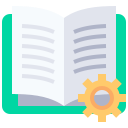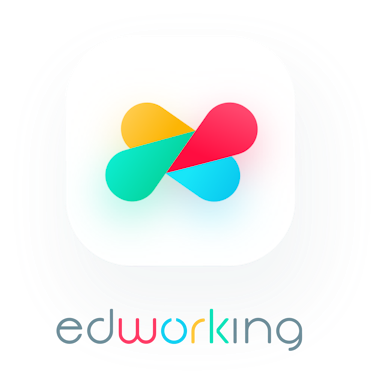Once upon a time, over 40 years ago, a horde of computer scientists descended on the West German city of Dortmund. They were competing to catch an elusive quarry — only four of its kind had ever been captured. Over 100 competitors dragged in the strangest creatures they could find, but they still fell short. The fifth busy beaver had escaped their clutches. Of course, that slippery beast and its relatives aren’t actually rodents. They’re simple-looking computer programs that take a surprisingly long time to run. The search for these unusually active programs has connections to some of the most famous open questions in mathematics, and roots in an unsolvable problem as old as computer science itself. That’s precisely what makes the hunt so compelling.
Three of the Dortmund participants summed up the prevailing attitude in a postmortem report: “Though we know we cannot win the war against the mathematical law, we would like to win a battle.”
The spiritual sequel to the Dortmund hunt began two years ago when a graduate student named Tristan Stérin launched a website announcing the Busy Beaver Challenge. This time, the participants would cooperate, and everyone was welcome. Over time, the online community grew to include more than 20 contributors from around the world, most of them without traditional academic credentials. Today, the team declared victory. They’ve finally verified the true value of a number called BB(5), which quantifies just how busy that fifth beaver is. They obtained the result — 47,176,870 — using a piece of software called the Coq proof assistant, which certifies that mathematical proofs are free of errors.

Image description: Computer program with visual data analyzed on a screen.
To Halt or Not to Halt
The programs that interest busy beaver hunters aren’t written in any ordinary programming language — they’re instructions for venerable (and theoretical) computers called Turing machines. The pioneering computer scientist Alan Turing conceived these hypothetical devices in 1936.
Turing machines perform computations by reading and writing 0s and 1s on an infinite tape divided into square cells, using a “head” that operates on one cell at a time.
Bringing Up Beavers
Beavers enter the story with the mathematician Tibor Radó, who was no stranger to long journeys. Born in Hungary in 1895, he entered university to study civil engineering, but his education was derailed by the outbreak of World War I. Dispatched to the Russian front, Radó imagined sorting Turing machines into groups based on how many rules they had — one group for all one-rule Turing machines, another for all two-rule machines, and so on.
In a 1962 paper, Radó used these groups to define what he called the “Busy Beaver game.”
To play, start by picking a group — that is, the number of rules your machines will have. Feed each machine in the group a tape with 0s in every cell. Some machines will hum along forever. The rest will eventually halt. Of these, some will halt quickly, some will take longer, and one will be the last to stop running. Every group will have a longest-running member, and Radó called these especially industrious machines busy beavers.
Brady’s Bunch of Beavers
The one-rule case is easy because there are effectively only two possibilities. If the rule tells the Turing machine to halt when it sees a 0, it stops on the first step. Any other rule will cause the machine to march along the tape forever, since it will encounter a 0 in every cell. That means BB(1) = 1.
Beyond this baby beaver, a hunter armed with only pencil and paper quickly encounters a problem. Working all these cases out by hand is out of the question. “Obviously, you cannot do this,” Ligocki said. “And even if you could, no one would believe you.”
The Dam Breaks
Around the same time, a graduate student named Chris Xu made a breakthrough on the second monstrous machine — Skelet #17. It was usually easy to summarize the behavior of even the most fiendish five-rule Turing machines once you figured out how they worked.
Editor’s note:
Scott Aaronson is a member of Quanta Magazine’s advisory board.
---
Remember these 3 key ideas for your startup:
Collaboration is Key: The successful verification of BB(5) through collaboration demonstrates the power of diverse, global teamwork. Whether you're solving complex problems or launching a new product, build a community where collaboration is encouraged and facilitated. Discover the top 5 collaboration tools for free.
Leverage Tools to Ensure Accuracy: The use of the Coq proof assistant to verify BB(5) highlights the importance of tools in ensuring accuracy and repeatability. For startups, using the right tools can streamline operations and validate results effectively. Learn about the benefits of task automation.
Break Down Tasks: Tristan Stérin’s approach to dividing the problem into smaller, manageable parts made it easier to tackle. Similarly, break down your startup challenges into bite-sized tasks to make them more manageable and trackable. Understand how to effectively assign tasks to team members.
Edworking is the best and smartest decision for SMEs and startups to be more productive. Edworking is a FREE superapp of productivity that includes all you need for work powered by AI in the same superapp, connecting Task Management, Docs, Chat, Videocall, and File Management. Save money today by not paying for Slack, Trello, Dropbox, Zoom, and Notion.
---
Get highlights of the most important news delivered to your email inbox here.
For more details, see the original source.









